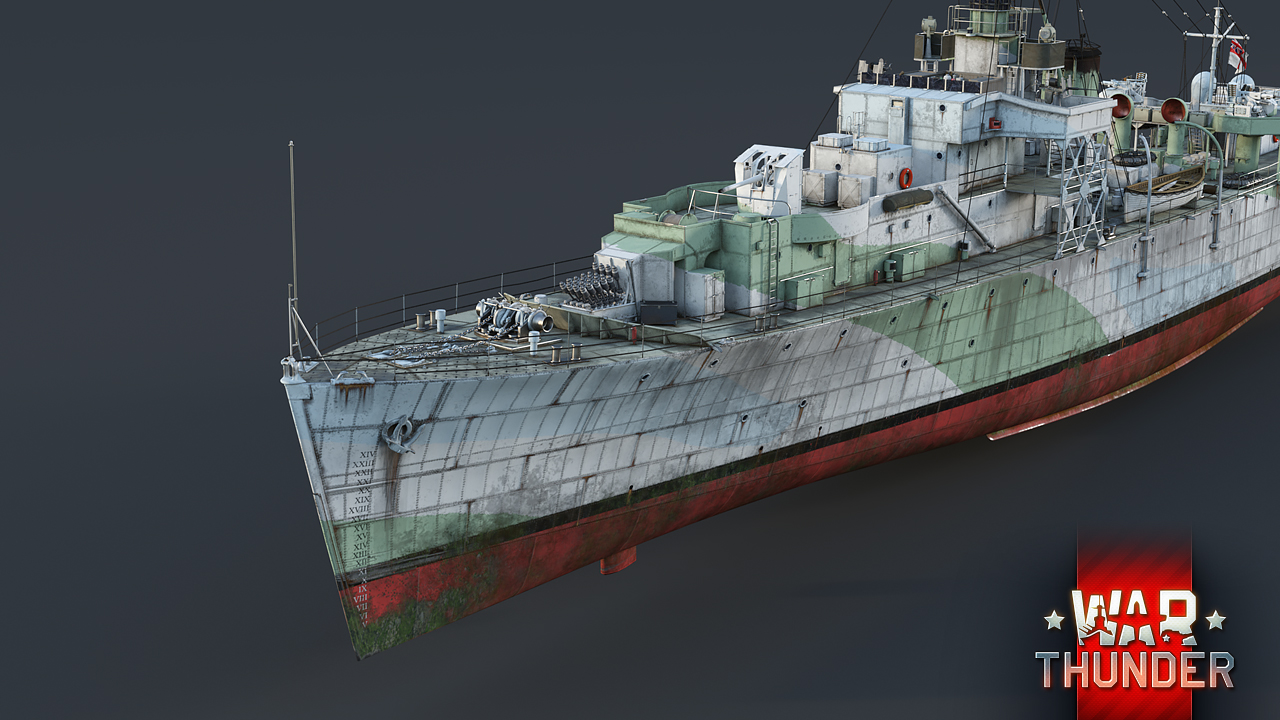
- For PC
- For MAC
- For Linux
- OS: Windows 10 (64 bit)
- Processor: Dual-Core 2.2 GHz
- Memory: 4GB
- Video Card: DirectX 11 level video card: AMD Radeon 77XX / NVIDIA GeForce GTX 660. The minimum supported resolution for the game is 720p.
- Network: Broadband Internet connection
- Hard Drive: 23.1 GB (Minimal client)
- OS: Windows 10/11 (64 bit)
- Processor: Intel Core i5 or Ryzen 5 3600 and better
- Memory: 16 GB and more
- Video Card: DirectX 11 level video card or higher and drivers: Nvidia GeForce 1060 and higher, Radeon RX 570 and higher
- Network: Broadband Internet connection
- Hard Drive: 75.9 GB (Full client)
- OS: Mac OS Big Sur 11.0 or newer
- Processor: Core i5, minimum 2.2GHz (Intel Xeon is not supported)
- Memory: 6 GB
- Video Card: Intel Iris Pro 5200 (Mac), or analog from AMD/Nvidia for Mac. Minimum supported resolution for the game is 720p with Metal support.
- Network: Broadband Internet connection
- Hard Drive: 22.1 GB (Minimal client)
- OS: Mac OS Big Sur 11.0 or newer
- Processor: Core i7 (Intel Xeon is not supported)
- Memory: 8 GB
- Video Card: Radeon Vega II or higher with Metal support.
- Network: Broadband Internet connection
- Hard Drive: 62.2 GB (Full client)
- OS: Most modern 64bit Linux distributions
- Processor: Dual-Core 2.4 GHz
- Memory: 4 GB
- Video Card: NVIDIA 660 with latest proprietary drivers (not older than 6 months) / similar AMD with latest proprietary drivers (not older than 6 months; the minimum supported resolution for the game is 720p) with Vulkan support.
- Network: Broadband Internet connection
- Hard Drive: 22.1 GB (Minimal client)
- OS: Ubuntu 20.04 64bit
- Processor: Intel Core i7
- Memory: 16 GB
- Video Card: NVIDIA 1060 with latest proprietary drivers (not older than 6 months) / similar AMD (Radeon RX 570) with latest proprietary drivers (not older than 6 months) with Vulkan support.
- Network: Broadband Internet connection
- Hard Drive: 62.2 GB (Full client)
Pros
- Improved firepower
- Better mobility than its predecessor
Cons
- Below average speed
Briefly: A new British premium event vessel at lower ranks, featuring improved firepower and mobility over the comparable Flower-class corvette.
The River-class frigates were developed in the early 1940s on the same premise as the preceding Flower-class corvettes; quick and cheap to build convoy escort vessels which would protect merchant shipping in the North Atlantic from the ever growing axis submarine threat. Unlike the Flower-class corvettes however, River-class frigates were larger, had a longer range and were overall more suitable for operations in the North Atlantic.
Production of the River-class frigates began in 1941, with the first vessels being completed in the following year. Overall, over 150 River-class frigates would be built throughout WW2, of which only 17 were lost in combat actions.
River-class frigates primarily served with the Royal Navy, but they also served with many other nations during WW2, such as Canada, Australia, the USA, France, Netherlands and South Africa. They remained popular even after the war, serving with Denmark, Norway, New Zealand, India, Portugal, Egypt, Argentina, Chile and many more nations! The last River-class frigates were decommissioned from military service during the 1970s.
Unlike the Flower-class, River-class frigates feature a primary armament consisting of two 4-inch (102mm) cannons, located on the bow and stern areas of the vessel. These cannons will be especially useful in dealing with larger targets and at longer ranges.
Fun Fact: Even though only several dozen River-class frigates were initially planned, over 150 of them would eventually be produced thanks to their reliable and effective design as well as low construction cost.
However, despite the primary guns being quick-firing, they’re still unlikely to defeat a fast-moving, all-guns-blazing motor torpedo boat unexpectedly popping up from around an island. For critical situations such as these, the River-class frigate is also fitted with a number of 20mm Oerlikon cannons, which are excellent at responding to sudden threats like this as well as taking care of pesky pilots trying to sink your vessel. Should a sneaky attacker still manage to get too close for comfort however, captains will always have a number of depth charges available at their disposal to attempt a last-ditch effort in sinking their opponent.
Although being larger and heavier than the Flower-class corvette, the River-class frigate is also fitted with a steam propulsion system that generates about twice as much power as that found on the Flower class. As a result, River-class frigates can reach a top speed of about 20.5 knots (39 km/h), making them significantly faster than Flower-class corvettes.
Players can get the River class (K-246) by completing tasks in Operation H.E.A.T.
The War Thunder Team










Comments (44)
How many is "a number" of autocannons? Some ships irl carried as many as 20, early build not so much
HMAS Diamantina when
I just got a little bored of video games ... problem solved haha
ohh such a Glorious ship especially it'll be another ship with a Hedgehog Naval Mortar ohh baby yesss sweet glorious weapons of war.
Yesss
Is this a sub-chaser, destroyer, or light cruiser?
Neither of them. It's a Frigate. More specifically, the River class Frigate HMS Spey.
Missed an opportunity by making her HMS Spey, shoulda made her HMAS Dimantina since she's still around
I don't see any 20 mm Oerlikens in the pictures. Only what looks like 2 40 mm Bofors or 40 mm QF Mark Vll's midship
NVM, found a couple by the bridge
Submit a complaint